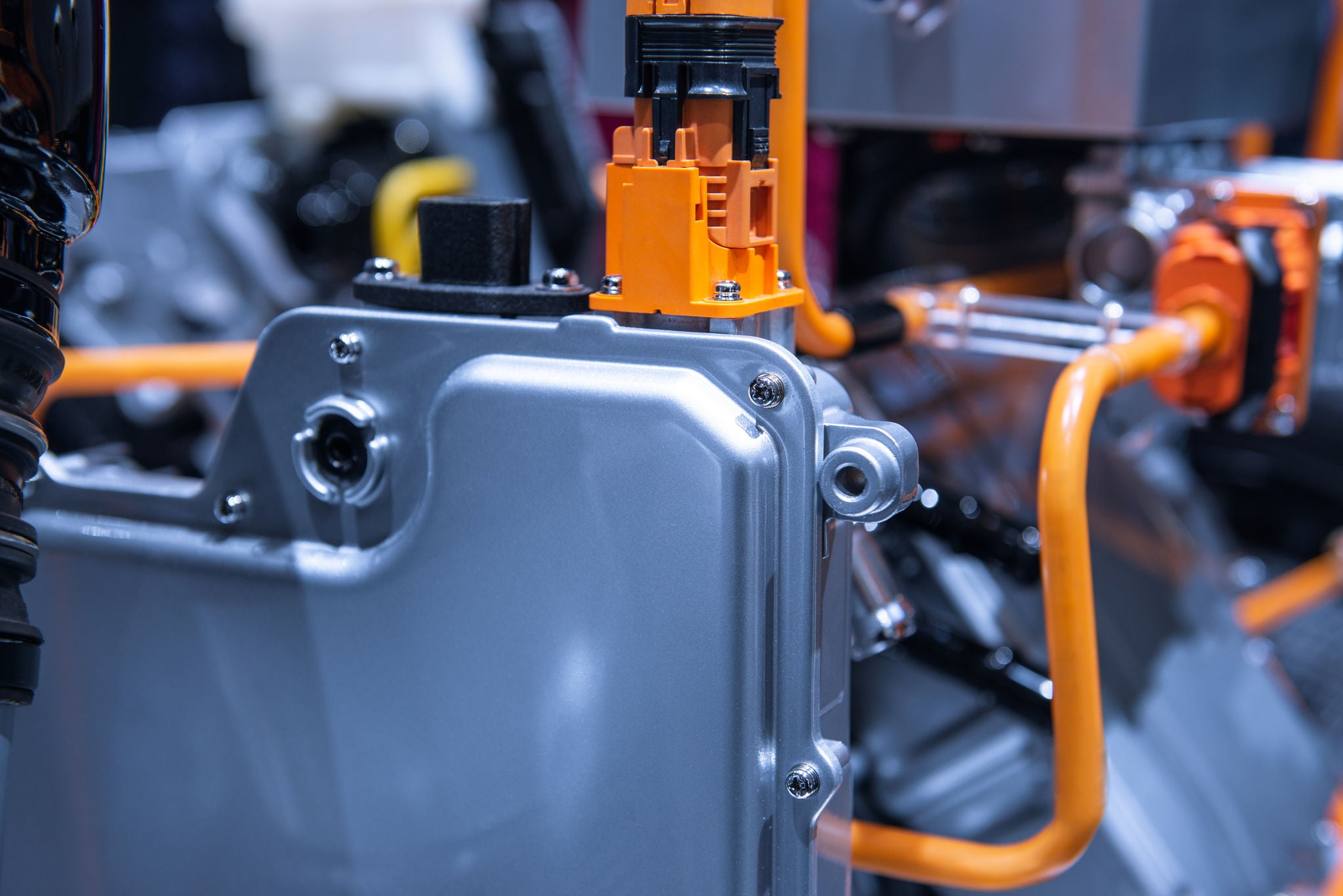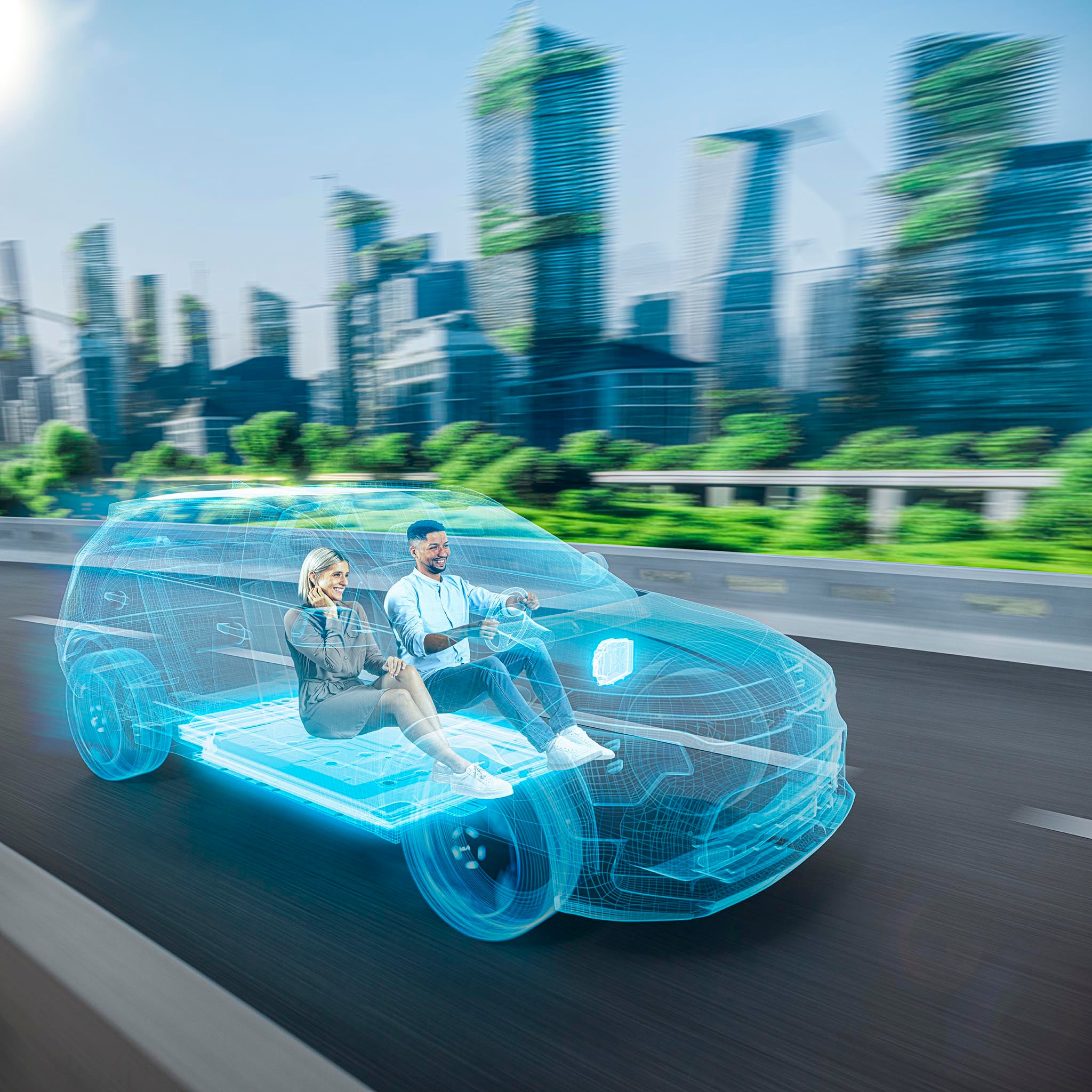Our customers around
the world

Showcasing our electrification projects and partnerships
As a long-standing partner with extensive experience, we are pleased with our growing customer base. Here, we'd like to showcase some of our electrification projects and partnerships.
More about Evolutions
- Fixed / Convertible
- RSM















